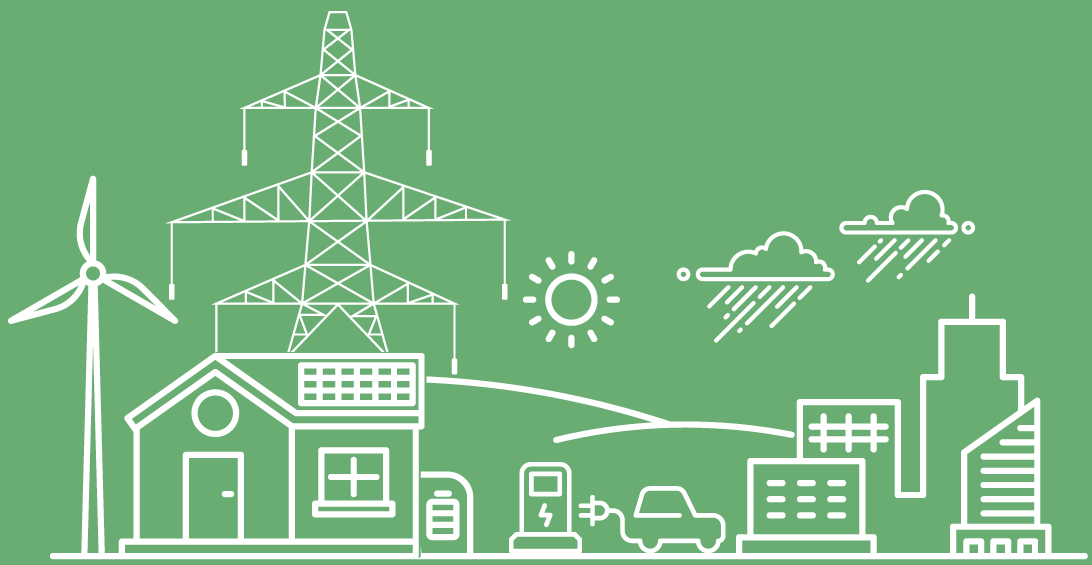
The African continent has abundant energy resources. The continent accounts for approximately 12% of global oil production and its reserves are estimated at 9.5% of the world total. However, the continent holds less than 4% of world’s refining capacity. Oil resources in Africa are unevenly distributed: there are a small number of net energy–exporting countries, while the majority are net oil-importers. Rapidly soaring oil prices have provided windfall earnings for the exporting countries but the economies of the importing countries are now even more vulnerable. Soaring oil prices between 2003 and 2005 led to a 3.5% loss in the GDP for Sub-Saharan oil-importing countries.
The situation is similar for natural gas of which the continent holds 8% of the world total and accounts for approximately 6% of total world production. Over 90% of the production is from four countries: Algeria, Nigeria, Egypt and Libya.
Africa also has immense hydro-power potential that can be economically exploited. It would bring benefits for different regions of the African continent if it were tapped.
Developing this potential will require a regional market that transcends national boundaries. Enormous financial resources would need to be mobilized for the production of hydropower and for grid interconnections.
The continent also has considerable sources of coal, 6% of total world reserves, situated mainly in Southern Africa. Coal production rose to 140 million tonnes in 2003, 40% of which went into producing electricity. The development of renewable energies, other than water (solar, wind, nuclear) is negligible.
Despite this energy supply situation, Africa consumes only 3% of the world’s commercial energy.
In order to contribute to the socio-economic development of the continent, the energy sector will have to surmount the major challenge of making modern forms of energy both accessible and affordable to households and for the economic sectors.
PIDA PAP 2 Energy Sector Approach
In accordance with the aspirations of the African Union Agenda 2063 also adopted as the strategic framework for development of the second phase of the Programme for Infrastructure Development Priority Action Plan (PIDA PAP 2), NEPAD-IPPF shall align its selectivity to this overall framework.
New NEPAD-IPPF project selectivity shall broadly be guided by the integrated corridor approach. As defined under the AU PIDA PAP 2 framework, the integrated corridor approach prioritizes projects that improve connectivity between urban and rural areas and link different infrastructure sectors together, which if developed together would cost less and develop cross-sectoral synergies. This approach also emphasizes projects that maximize job creation and climate friendliness.
Project Types
The following are examples of projects that fit this sector approach to be supported by the Special Fund:
- Power Generation (Hydro, Gas, Solar, Wind) Facilities with enough capacity to generate electricity that can be exported and consumed, at least, in two regional member countries;
- High voltage transmission lines with enough capacity to allow transportation and trade of electricity between countries / regions/ continents; Substations and transformers with capacity to transform electricity current from high to medium and low voltages;
- Gas pipelines with enough capacity to allow transportation and trade of gas between countries/regions/ continents;
- Decentralized Energy Generation System
In all the above project types, higher priority will be given to assets that will be structured to attract private sector investments through PPP type arrangements, and those being or planned to be operated under concession contracts.
